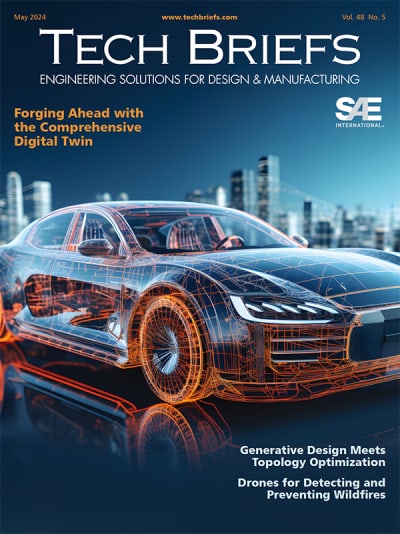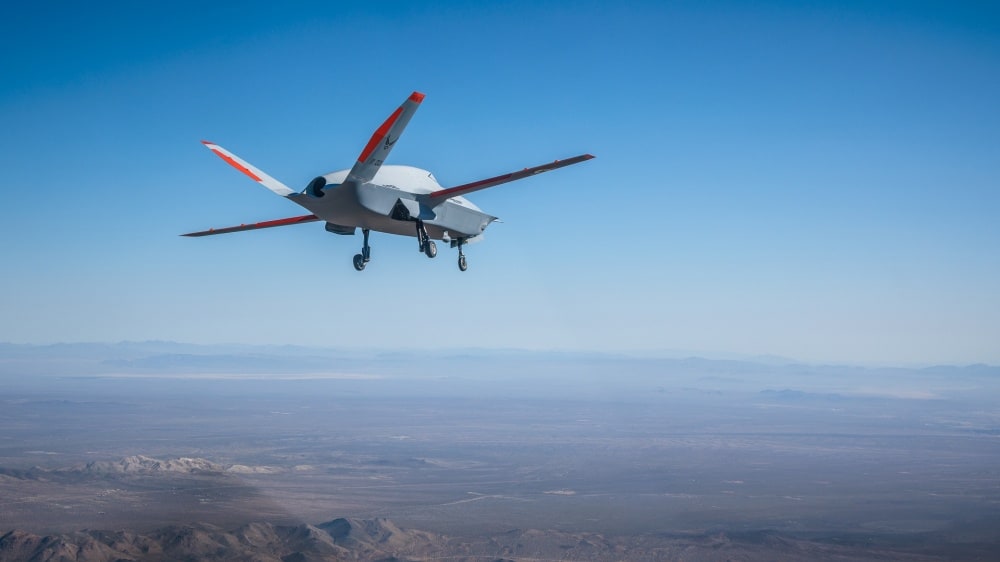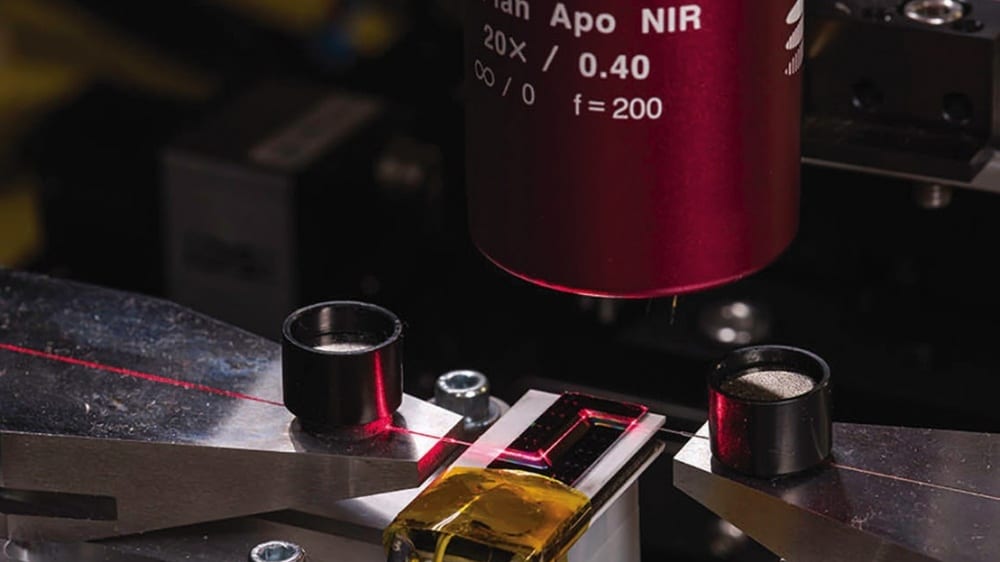
The Grainger College of Engineering at the University of Illinois at Urbana–Champaign was established in 1868. The department has historically spearheaded worldwide innovation in technology with inventions such as the transistor, the integrated circuit, the LED, the first web browsers (Mosaic and Netscape), and (JavaScript) — all produced by students, faculty, or alumni of the college.
The 12 engineering departments at the Grainger College of Engineering include Agricultural and Biological Engineering, Bioengineering, Chemical and Biomolecular Engineering, Civil and Environmental Engineering, Computer Science, Electrical and Computer Engineering, Industrial and Enterprise Systems Engineering, Materials Science and Engineering, Mechanical Science and Engineering, Nuclear, Plasma and Radiological Engineering, and Physics.
Design & Research

The facilities at the University of Illinois are an integral part of the groundbreaking work on campus. The Coordinated Science Laboratory is a multidisciplinary research laboratory that focuses on information technology at the crossroads of circuits, computing, control, and communications. The Holonyak Micro & Nanotechnology Laboratory is one of the country’s largest university facilities for conducting photonics, microelectronics, biotechnology, and nanotechnology research. Materials Research Laboratory brings together faculty and students in condensed matter physics, materials chemistry, and materials science.
The Center for Autonomy enables high-impact research and develops new educational programs for students and professionals. The Center plays an important role in designing innovative systems that can function autonomously, or without human intervention, in a safe and reliable way. The Center for Hypersonics and Entry Systems Studies draws from expertise in high-performance computing and state-of-the-art experimental facilities to support fundamental advances in hypersonics and entry system technologies. There are many other multidisciplinary research spaces at the college designed specifically for collaboration.
The new Center for Sustainable Aviation at the University of Illinois Urbana-Champaign aims to expand the scope of sustainable aviation by leveraging expertise from a broad range of disciplines in academia, industry, and government. One of Director Philip Ansell’s first forays into sustainable aviation came in his more focused Center Cryogenic High-Efficiency Electrical Technologies for Aircraft (CHEETA), which was funded by NASA in 2019, and has been a springboard for this new Center for Sustainable Aviation. CHEETA will continue to research extreme sustainability concepts with very aggressive requirements of what the aircraft system and associated technologies do to achieve zero carbon emissions, zero nitrogen oxide emissions, and zero influence of aviation-induced cloudiness by 2050.

Technology Development
The noise created by rotary blades in helicopters and drones could be deafening and is one of the key bottlenecks for the urban air mobility market. Researchers at the University of Illinois tested the limits of rotary blade design to find an efficient, but quieter option. The team looked at the fundamental framework of aerodynamics differently and altered the entire rotary wing, rejecting the assumption that a coherent vortex must form in the wake. This experimental work pushes the limits and challenges fundamental perspectives of aerodynamics.

Supercomputers can crunch massive data sets and give us insights into the wonders of the universe. But creating a sub-penny microprocessor that flexes to fit on a beer bottle and tells you whether your brew is still cold has been surprisingly more difficult to achieve. Working with British flexible electronics manufacturer PragmatIC Semiconductor, a team of researchers developed the first commercially viable flexible plastic microprocessor chips, called FlexiCores, that can be manufactured at scale for less than a penny per unit. The new processors could help even everyday objects become smart.
Another research team aims to harness two artificial intelligence techniques — deep learning and machine learning — to predict the responses of airport pavement under different landing gear configurations more quickly and cost-effectively. Their approach utilizes advanced modeling and responses from sensors in the pavement to develop an alternative technique to costlier methods, where researchers build real test sections and collect data from embedded sensors to understand when distresses will occur and when repairs will be needed. The team will use the AI techniques to reduce the time needed to simulate real-world pavement structure responses, while building easily accessible and accurate models.
When communication lines are open, individual agents such as robots or drones can work together to collaborate and complete a task. Researchers have developed a method to train multiple agents to work together using multi-agent reinforcement learning, a type of artificial intelligence. The algorithms they developed can also identify when an agent or robot is doing something that doesn’t contribute to the goal. This type of algorithm is applicable to many real-life situations, such as military surveillance, robots working together in a warehouse, traffic signal control, autonomous vehicles coordinating deliveries, or controlling an electric power grid.

Lightweight as a window cling and repli-cable as a newspaper, organic solar cells are emerging as a viable solution for the nation’s growing energy demand. Researchers at Grainger College of Engineering are the first to observe a biological property called chirality emerging in achiral conjugated polymers, which are used to design flexible solar cells. Composed entirely of organic materials, the flexible cells are transparent and lightweight enough to cling to a bedroom window. They are also rapidly manufacturable with solution printing, the process that’s used to print newspapers. The discovery could help enhance the cells’ charge capacity and increase access to affordable renewable energy.
The remnants of a collapsed neutron star, called a pulsar, are magnetically charged and spinning anywhere from one rotation per second to hundreds of rotations per second. These celestial bodies, each 12 to 15 miles in diameter, generate light in the x-ray wavelength range. A research team at the University of Illinois has developed a new way spacecraft can use signals from multiple pulsars to navigate in deep space. The algorithm developed by the team combines observations from numerous pulsars to determine all the possible positions of the spacecraft.
Technology Transfer
The Office of Technology Management helps turn innovations into real products and public impact. For more information, contact






















